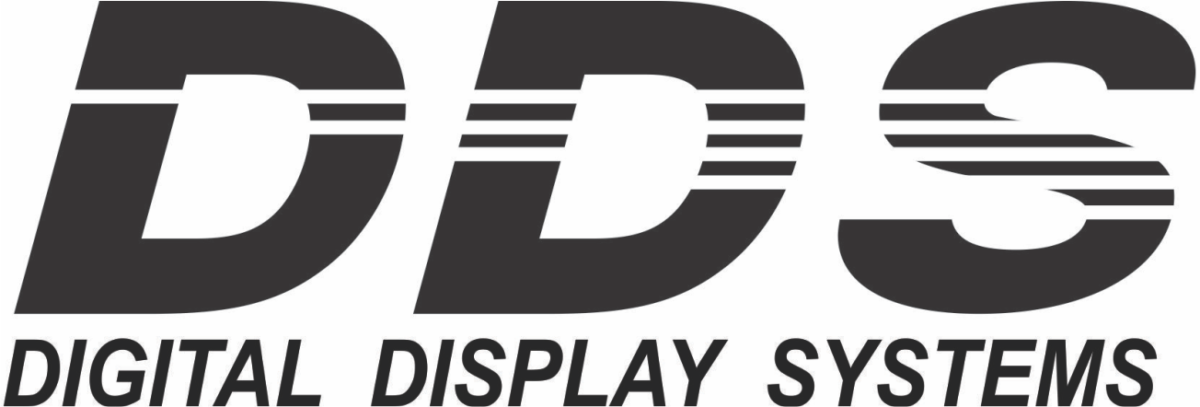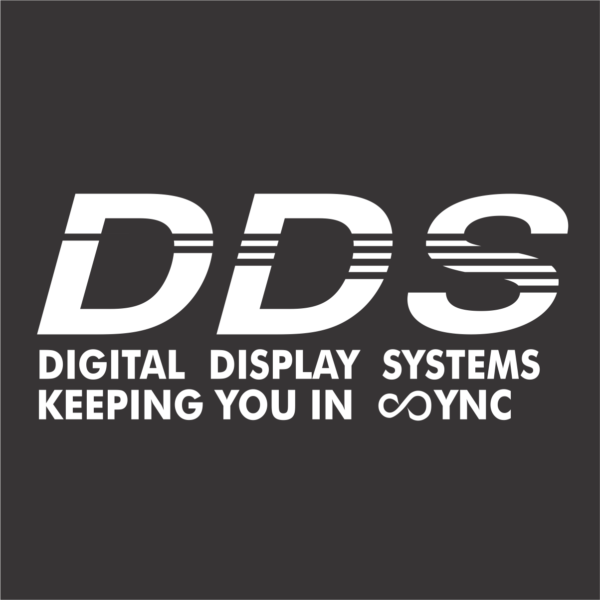Also known as Total Productive Maintenance, TPM is the lean manufacturing approach to improving manufacturing efficiency alongside OEE.
Manufacturing systems and factories have many instances where one of their machines is down or inefficient. Many times machines don’t receive proper maintenance and factory workers wait until something is broken down to fix it. When this happens, it can result in thousands of dollars in total repair costs and a handful of weeks of downtime just to replace a small part or issue. The goal of this process is to use preventive maintenance and total quality control to save time and money.
7 steps to ensure TPM productivity:
- Equipment History – Your employees need to understand how and when to perform maintenance and checkups on a machine based on its history.
- Standardization – Having only one part of the business use the TPM process won’t help very much. The standardization of this process throughout the business helps create maximum efficiency.
- OEE Improvement – OEE will identify the losses in the specified machine. A great way to minimize such losses is to have a well-defined plan to do so.
- Planned maintenance – Employees use a maintenance checklist to do checkups on parts of the machine at the recommended intervals. This will minimize downtime and lower repair costs.
- Cleaning maintenance – An essential part of keeping your machines working and stopping them from breaking down is cleaning them regularly. Thus creating a safe work environment, this process could minimize small breakdowns and future incidents.
- Spare parts – Not all spare parts are useful. Regular inventory checks allow you to minimize these costs.
- Implementation – After all of the earlier processes are put in place, analysis is used to implement the cost-saving methods. Although every system is different, our real-time visual throughput counters can help improve your exact needs.
How Can an IIoT System Help TPM?
- A missing part can take down a machine or a production line for a long time. An IIoT system can track downtime and help you find the root cause.
- By utilizing the IIoT device and its display as a data logger, you can track production throughputs, uptime, downtime, and additional variables like working hours, total units produced, temperature, humidity, vibration, current consumption, or noise. These variables will help to find a correlation to predict downtime and improve machine reliability.
You can’t fix a machine or production line if you don’t know that there is an issue. With an IIoT smart efficiency system and visual representations of your efficiency in real-time, you will be able to fix an issue when one becomes present. Many companies face the issue of spending more time reacting to these types of issues instead of creating strategies to prevent problems from happening in the first place. Data analysis of your operating system’s efficiency will help you predict where your next issue will occur before it even happens. This means that you can stay ahead of your money-wasting issues instead of playing catchup. This process can save you hundreds or thousands of dollars in repair times and machine efficiency.
What will TPM do for me?
Utilizing TPM using this efficient system will reduce breakdowns, slow cycle speed, and quality issues. This process will save time, money, and resources, saving you an average of an hour of operating time per week. Saving an hour per week can result in an ROI of 0.08, which is less than a month. Although TPM is a viable method to improve your business, there are many other ways to reduce manufacturing costs. One example of this is using the benefits of a remote monitoring system. The important thing to remember is that your business can only improve if all of its parts are becoming more efficient. Creating a unified center that connects employees and production lines, an IIoT smart efficiency system is a great place to start.


